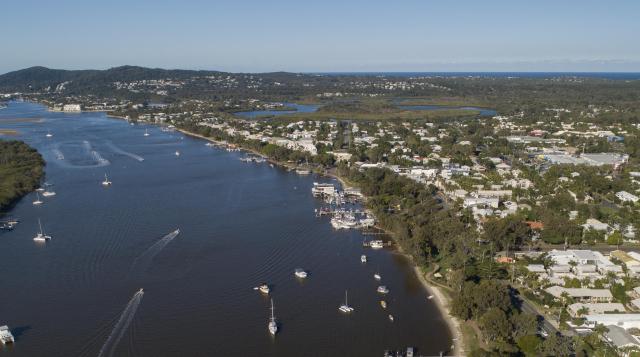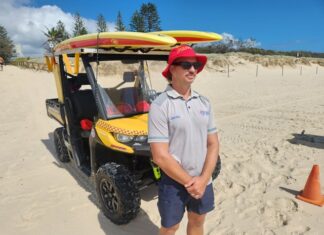Council’s 2019 Environment Strategy monitoring report released this month showed of its 12 targets, seven were progressing toward their target for completion, five had too little data to be assessed and one, to divert all food waste from landfill by 2030, “needs attention”.
The report shows Noosa is progressing toward its target by 2030 of half of all land in the Shire (39,818 hectares) being managed for its’ environmental values and the viability of key threatened indicator species.
It says Noosa is progressing toward attaining improved wetland and riparian ecosystem health, A-ratings on the Noosa River and Mary River sub-catchments in the Shire and Council operations will meet zero net emissions by 2026.
Projects requiring more data to progress included the attainment by 2030 of a sustainable fishing industry, best practice management of 80 per cent of grazing land, prevention of loss of ecosystem values, the diversion of green and food waste from landfill and the improvement of the diversity of coastal ecosystems.
Mayor Clare Stewart said Council knew protecting and enhancing our natural environment were important priorities for our community.
“We’ve made big strides in waste management, diverting 53 per cent of waste from landfill in 2022/23. That’s an increase of 7 per cent on the previous year and it puts us firmly on track to meet the state’s target of 61 per cent diversion by 2025,” she said.
“I’m pleased to confirm we’ve invested over $1.78 million into community organisations through our Environmental Grants Program since 2019 to deliver a wide range of environmental projects.”
In June 2023, Council purchased a 69-hectare federal property with significant biodiversity and conservation values using funds from the Environment Levy. A nature refuge will be placed over the property to ensure its environmental values are protected.
“43 per cent of our shire – or 34,499 hectares of land – is now being managed for its environmental values and we’re steadily nearing our target of 48 per cent by 2028,” the Mayor said.
“It’s not just providing habitat for our native fauna but providing all residents and tourists with a natural experience that we value so much in Noosa.”
Council’s environment and strategy director Kim Rawlings said council’s Private Conservation Partnerships Program also continued to grow.
“We now have 437 Land for Wildlife (LfW) partnerships and 23 Voluntary Conservation Agreements (VCAs) in place with private landowners who are doing a tremendous job of conserving biodiversity and rebuilding wildlife corridors,” Ms Rawlings said.
Operationally, council continues to reduce its own emissions. Ms Rawlings said there was now more than 790kW of solar atop council buildings.
“That’s an increase of over 100kW since 2021/22,” she said.
“Our operational greenhouse gas (GHG) emissions have decreased by 2.37 per cent between the 2021/22 and 2022/23 financial year.”
Community wide, Noosa’s emissions as a shire decreased between 2018 and 2022 by 27,590 tonnes of CO2-e.
The Environment Strategy monitoring report identified the need for a review to keep up to date with changes in Council plans and strategies, increased understating of environmental values and threats, and legislative requirements, including changes to fire and flying-fox management.
Ms Rawlings said the Environment Strategy would be updated in the coming years to reflect updated data, new plans and strategies and also to continue to support the Noosa Biosphere and UNESCO’s Man and Biosphere (MaB) program objectives.
A copy of the report is available on council’s website noosa.qld.gov.au/environment-strategy







